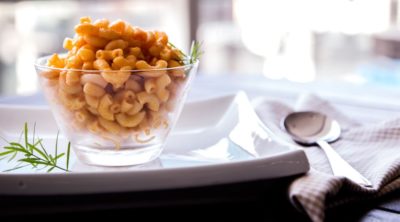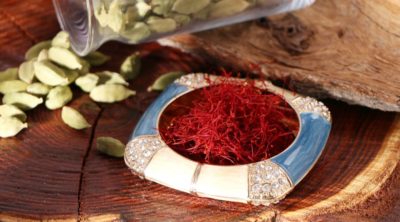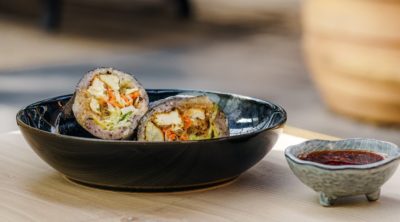
Balsamic vinegar is made from boiled grape juice, which is subjected to a slow aging process, which can be as long as 12 to 25 years. Find out what can be used to substitute this special vinegar, if you happen to run out of stock or could not find it in your local market, but still want to relish a dish that calls for this vinegar.
Balsamic vinegar, especially the traditional one, has been prepared and used in Modena and Reggio Emilia of Italy since the middle ages. This special vinegar is made from the juice of fresh white grapes. The juice is cooked or boiled to make it a concentrated syrup. This syrup is then kept in wooden barrels, made with various types of woods, like oak, mulberry, chestnut, cherry, juniper, ash, or acacia, and then allowed to ferment by subjecting it to a slow aging process. The aging process can take up to 12 to 25 years, and during this long period, the syrup thickens and becomes more viscous, and its flavor intensifies.
The traditional or organic balsamic vinegar prepared thus is dark brown in color. This vinegar is cherished by chefs and food lovers across the world. The traditional balsamic vinegar is however, quite expensive. The cheaper commercial versions are usually diluted with wine vinegar, and most of them contain artificial colors. They are also thickened by adding guar gum or cornflour, and are not subjected to a long aging process. The unique sweet and fruity flavor of the original balsamic vinegar is hardly imitable, and hence, only a few vinegars can be used to substitute it.
More About Balsamic Vinegar
Balsamic vinegar is mainly used in salad dressings, marinades, and sauces. It is used to make dips, reductions, steaks, and grilled fish or eggs as well. Apart from these, it is used in many vegetable and meat dishes, grilled meat, pastas, risottos, poached fruits, and for deglazing pans. The traditional balsamic vinegar is believed to promote digestion. The white balsamic vinegar, which is actually made from white wine vinegar and grapes, is preferred for light-colored dishes. This vinegar is pale, amber-colored, and so, it does not change the color of the dish. This vinegar has a flavor quite similar to that of the usual balsamic vinegar. But white balsamic vinegar is officially not considered as a balsamic vinegar.
Replacing Balsamic Vinegar in the Kitchen
Brown Rice Vinegar
Basically, balsamic vinegar can be substituted with brown rice vinegar and Chinese black vinegar. Rice vinegar is particularly popular in Asian countries, and is widely used for salad dressings, cooked vegetables, and dipping sauces. Brown rice vinegar is made from brown rice and koji, and is dark amber-colored.
Chinese Black Vinegar
Like brown rice vinegar, you can use Chinese black vinegar to substitute balsamic vinegar in many recipes. Chinese black vinegar is usually cheaper than balsamic vinegar, and it can be used for dipping sauces, stir fries, shark fin soup, and braises. It is generally prepared from rice, millet, wheat, or sorghum, and can be distinguished by its black color and malty flavor.
Sherry Vinegar and Red Wine Vinegar
Apart from Chinese black vinegar and brown rice vinegar, sherry or fruit vinegar and red wine vinegar can be used to replace balsamic vinegar in a recipe. Red wine vinegar is usually mixed with some sugar or honey for substituting balsamic vinegar. It works well for marinades, sauces, and stews. On the other hand, sherry vinegar can be used to substitute balsamic vinegar in sauces, stews, dressings, and marinades.
You can also use white wine vinegar with a pinch of sugar added to it, to replace balsamic vinegar in a dish. An important point to be kept in mind is that balsamic vinegar is not suitable for making pickles and also for the herb infusion process, and it should never be kept in aluminum containers.


